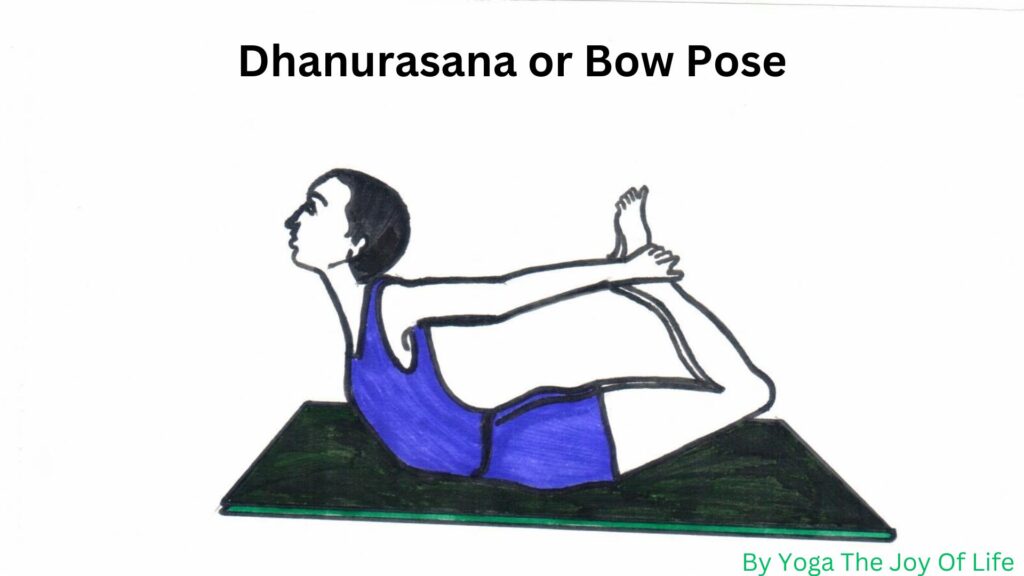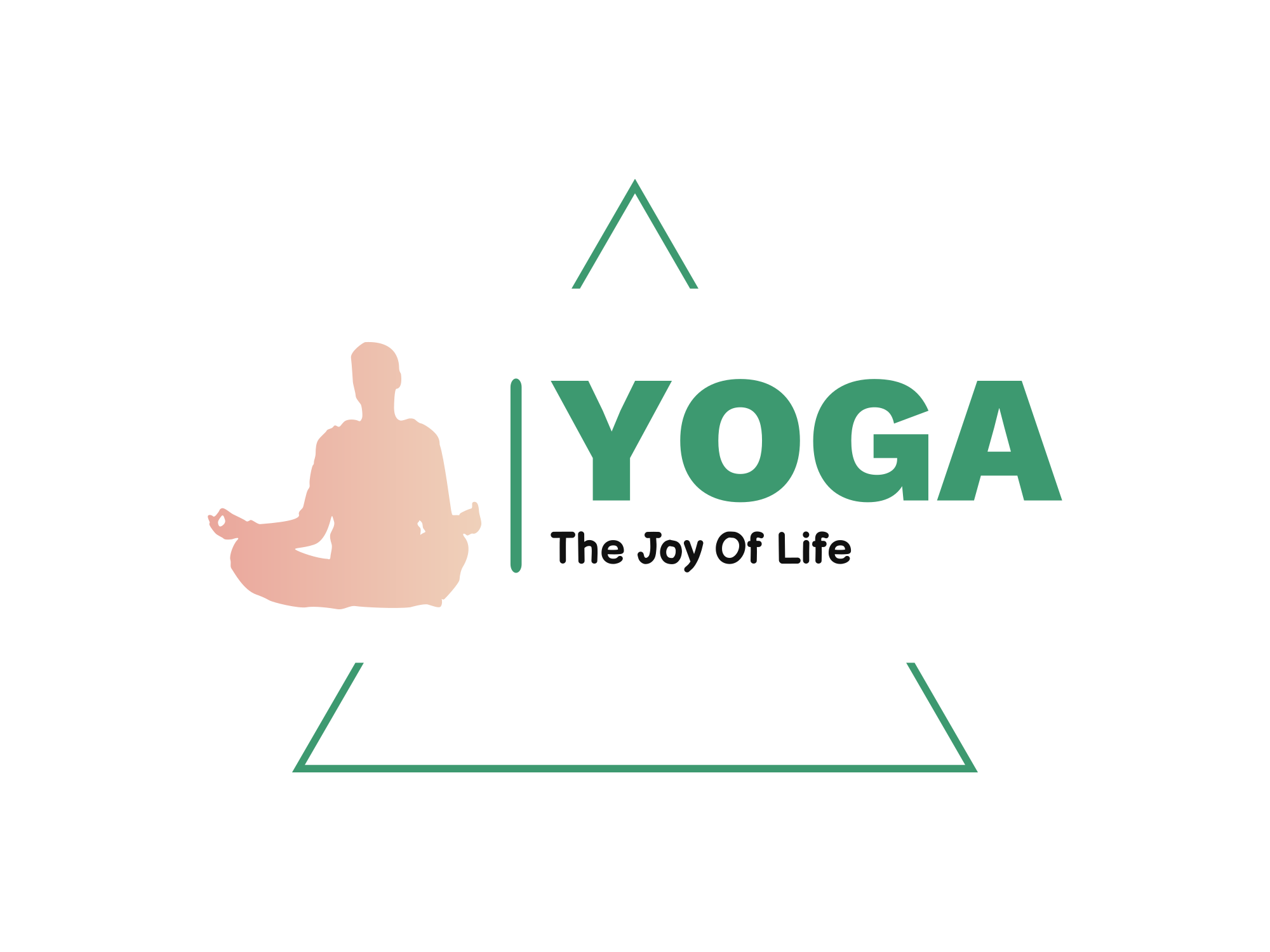What is Dhanurasana – This is called Dhanurasana because after reaching the final stage of this asana, the shape of our body looks like a bow. Hence it is called Dhanurasana, Dhanush means bow. In the last stage, the toe of the foot is kept close to the ear and both the feet remain like an arch.Importance of Yoga in Your Daily Routine

How to do Dhanurasana –
1. Lie down on your stomach, heels together, hands at your sides, palms on the ground, and chin on the ground.
2.Bring both the legs by bending them at the knees. The heels of both feet touch the buttocks. Holding the toes of the feet with both hands, the right toe with the right hand, and the left toe with the left hand.
3. Both the legs rise and the head and neck are brought back. Bring both the feet to the ears and keep the vision forward.
4. You have to bring your body in the shape of a taut bow. To create tension and stiffness in the body so that the body – hands, legs, spine, head, and neck – becomes taut. The arms should remain straight. In the final stage, the head is tilted backward and the entire weight of the body falls on the stomach. Only the muscles of the legs contract, and the back and arms remain relaxed. Stay in this state as long as you can comfortably. In this position, the body can be shaken back and forth or rolled in the position of Dhanurasana. After that, relax the leg muscles bring the legs, chest, and head down, and come to the initial position. Relax in the initial position until breathing becomes normal. This is one repetition of Dhanurasana.
5. In return, slowly release the hands, take the legs back, and bring the thighs completely to the ground. The legs leave the hands and return to their previous position.How to Start Your Yoga Journey?
Precautions –
1. Take your legs as high as you can.
2. While starting this asana, if there is difficulty in joining the feet, then you can keep the feet apart.
3. In the beginning, if there is difficulty in lifting the thumb, then hold the toes and lift it.
4. Those who have permanent spinal problems should not practice this.Principles of Yoga Practice
Benefits of Dhanurasana-
1. By its practice, the pituitary gland is affected due to which it always remains healthy. There is a strain on the endocrine glands due to which they get excited and start doing their work smoothly, the body gets new strength.
2. The stomach, liver, kidney, pancreas, and sexual glands are affected as a result, they can fully utilize their working capacity. Their diseases are cured.
3. While doing this asana, due to raising the head, there is a strain on the neck, which affects the thyroid and parathyroid glands, making them healthy.
4. It also affects the thighs, which reduces fat and removes obesity.
5. Practice of Dhanurasana makes the spine flexible. Due to flexibility in the spine, the entire body feels refreshed. The spine, which remains taut and stiff, becomes loose. Due to the stiffness of the spine, the disturbances that occur in the nervous system are removed. It helps treat humps.
6. Specialty – It is practiced for the treatment of diseases related to the spine, such as slipped disc, spondylitis, or sciatica. But by practicing it, we experience that when we roll our body back and forth in Dhanurasana, the muscles, liver, digestive system, and respiratory system of the body are also massaged. Blood circulation is intense in it. Due to movement in the intestines and stomach, the digestion process also runs smoothly. The entire food pipe gets reestablished. Even when worms develop in the stomach of children, doing this exercise provides great relief. It also increases the functioning of the liver and also cures diseases related to gas in the stomach. There is a balance in the secretion of hormones from the pancreas and adrenal glands. Kidneys are massaged and excess fat accumulated around the stomach is reduced. This increases the activity of the digestive, excretory, and reproductive organs and helps treat indigestion, chronic constipation, and slow functioning of the liver. In yoga therapy, this asana is suggested for the treatment of diabetes, sensory disorders, colitis, and menstrual disorders and also for the treatment of cervical spondylitis under special guidance. It helps cure many chest diseases. It helps in unobstructing the effect of nervous energy in cervical and thoracic sympathetic nerves and improving the respiratory process.
